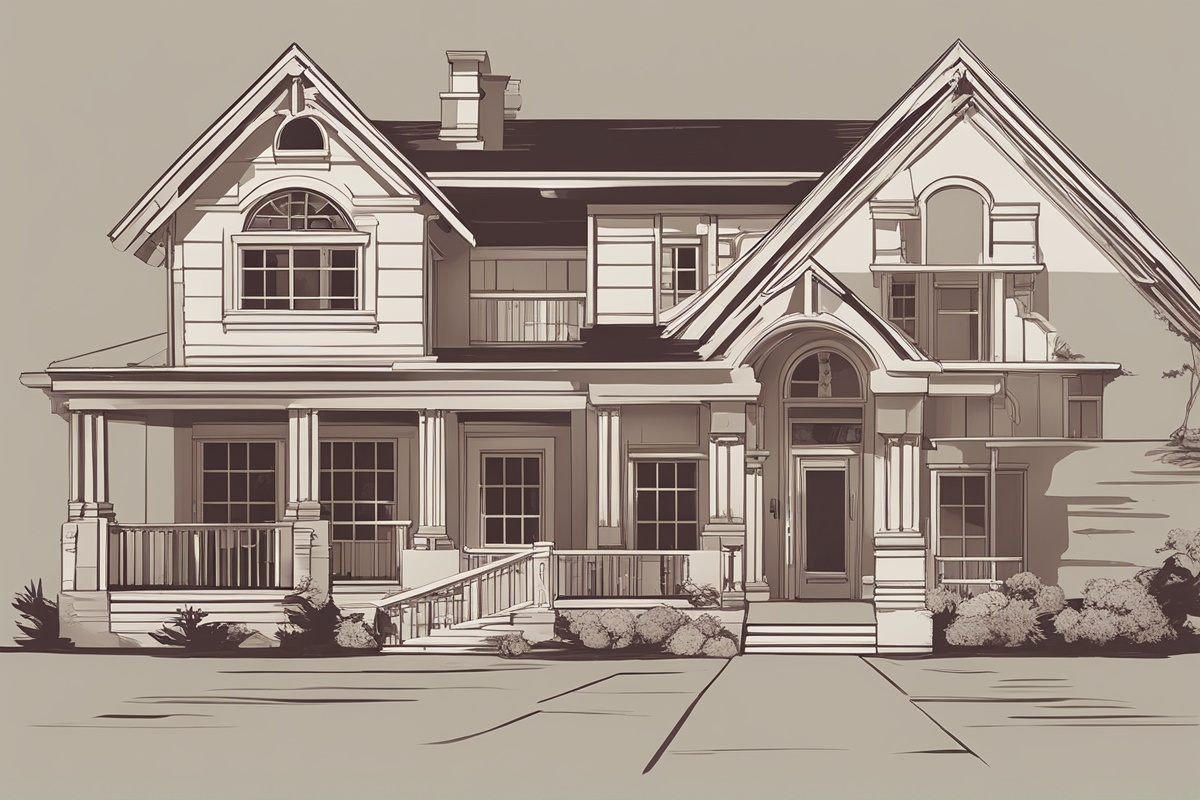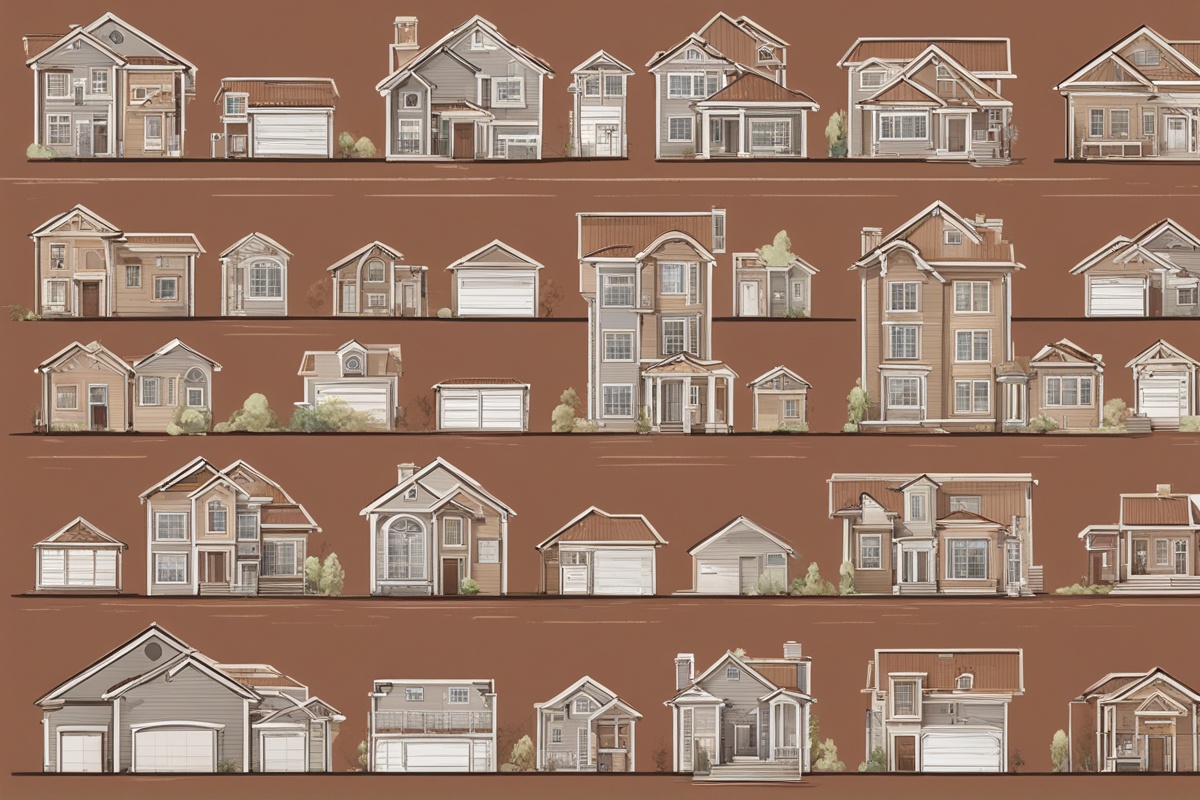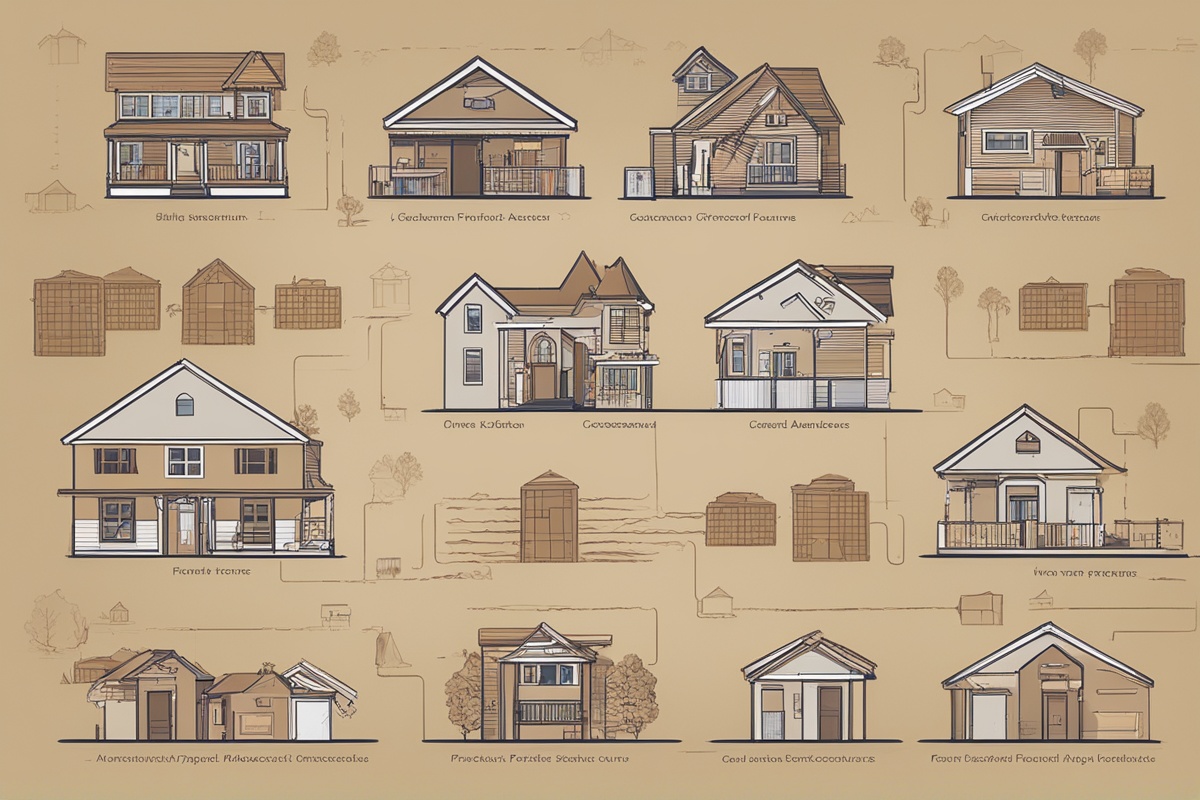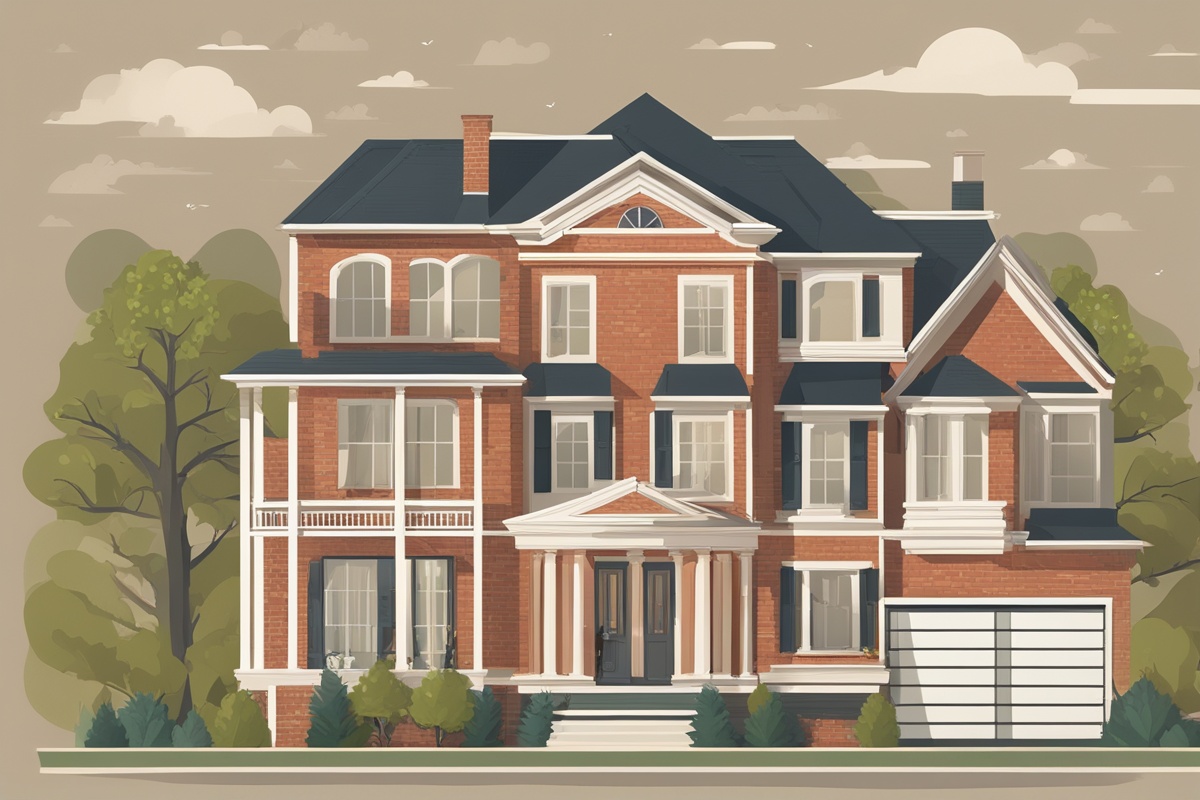Foreclosure is a distressing process for many homeowners, often marking the end of a long struggle to maintain ownership of a property. Understanding the common pathways to property loss can help individuals recognize the warning signs and potentially avoid this outcome. In this comprehensive guide, we’ll explore the different types of foreclosure and the typical routes that lead to losing a home, empowering readers with knowledge to navigate or prevent such situations.
What Are the Common Pathways to Property Loss?
The journey to property loss through foreclosure often begins with financial hardship. The common pathways to property loss include missed mortgage payments due to job loss, medical emergencies, or unexpected expenses. When a homeowner falls behind on payments, lenders initiate the foreclosure process, which can vary depending on state laws and the type of foreclosure. These pathways are not inevitable, but without intervention—such as loan modifications or financial counseling—they often lead to the loss of a home. Recognizing these early triggers is the first step to mitigating risk.
Judicial Foreclosure: A Court-Driven Path to Loss
Judicial foreclosure is one of the most structured common pathways to property loss. This process occurs in states where foreclosure must go through the court system. When a homeowner defaults on their mortgage, the lender files a lawsuit to obtain a court order to foreclose on the property. The process can take several months to years, during which the homeowner may have opportunities to catch up on payments or negotiate alternatives. However, failure to resolve the default results in the court ordering the sale of the property, often at a public auction. For more on state-specific foreclosure laws, check out our detailed guide on Foreclosure Laws by State.
Non-Judicial Foreclosure: A Faster Route to Property Loss
In contrast to judicial foreclosure, non-judicial foreclosure is a quicker and more direct pathway among the common pathways to property loss. This process is common in states with “power of sale” clauses in mortgage agreements, allowing lenders to foreclose without court involvement. After a homeowner misses payments, the lender issues a notice of default and, after a specified period, can proceed to sell the property at auction. The speed of this process often leaves homeowners with less time to react, making it critical to seek assistance early. Learn more about protecting your rights during foreclosure in our article on Homeowner Rights During Foreclosure.
Strict Foreclosure: A Rare but Direct Path
Strict foreclosure, though less common, remains one of the common pathways to property loss in certain states like Connecticut and Vermont. In this process, if a homeowner defaults, the lender can petition the court to transfer ownership of the property directly to them without a public sale. The homeowner is given a set period to pay the debt in full; if they fail, the lender takes ownership. This pathway is particularly harsh as it eliminates the possibility of recovering equity through a sale, leaving homeowners with little recourse.
Deed in Lieu of Foreclosure: A Voluntary Loss
Another of the common pathways to property loss is a deed in lieu of foreclosure. This occurs when a homeowner, unable to keep up with mortgage payments, voluntarily transfers ownership of the property to the lender to avoid the formal foreclosure process. While this can be less damaging to credit than a full foreclosure, it still results in the loss of the home. Homeowners considering this option should weigh the pros and cons carefully. For additional insights, explore our post on Alternatives to Foreclosure.
Preventing Property Loss: Breaking the Cycle
While the common pathways to property loss can seem inevitable, there are steps homeowners can take to avoid foreclosure. Early communication with lenders, seeking loan modifications, or working with housing counselors can make a significant difference. Government programs, such as those offered by the Department of Housing and Urban Development (HUD), provide resources for struggling homeowners. Additionally, selling the property before foreclosure or filing for bankruptcy might offer temporary relief. For more strategies, read our guide on How to Avoid Foreclosure and explore actionable tips to protect your home.
Disclaimer: The information provided in this article is for general informational purposes only and should not be considered legal or financial advice. Foreclosure laws and processes vary by state and individual circumstances. We strongly recommend consulting with a qualified attorney, financial advisor, or housing counselor to address your specific situation before making any decisions regarding foreclosure or property loss.
References
- U.S. Department of Housing and Urban Development (HUD) – Avoiding Foreclosure
- Consumer Financial Protection Bureau (CFPB) – What is Foreclosure?
- Nolo – Judicial vs. Non-Judicial Foreclosure
- Federal Reserve – Foreclosure Resources for Consumers
- Fannie Mae – Foreclosure Prevention Options
This content is for informational purposes only and not a substitute for professional advice.





